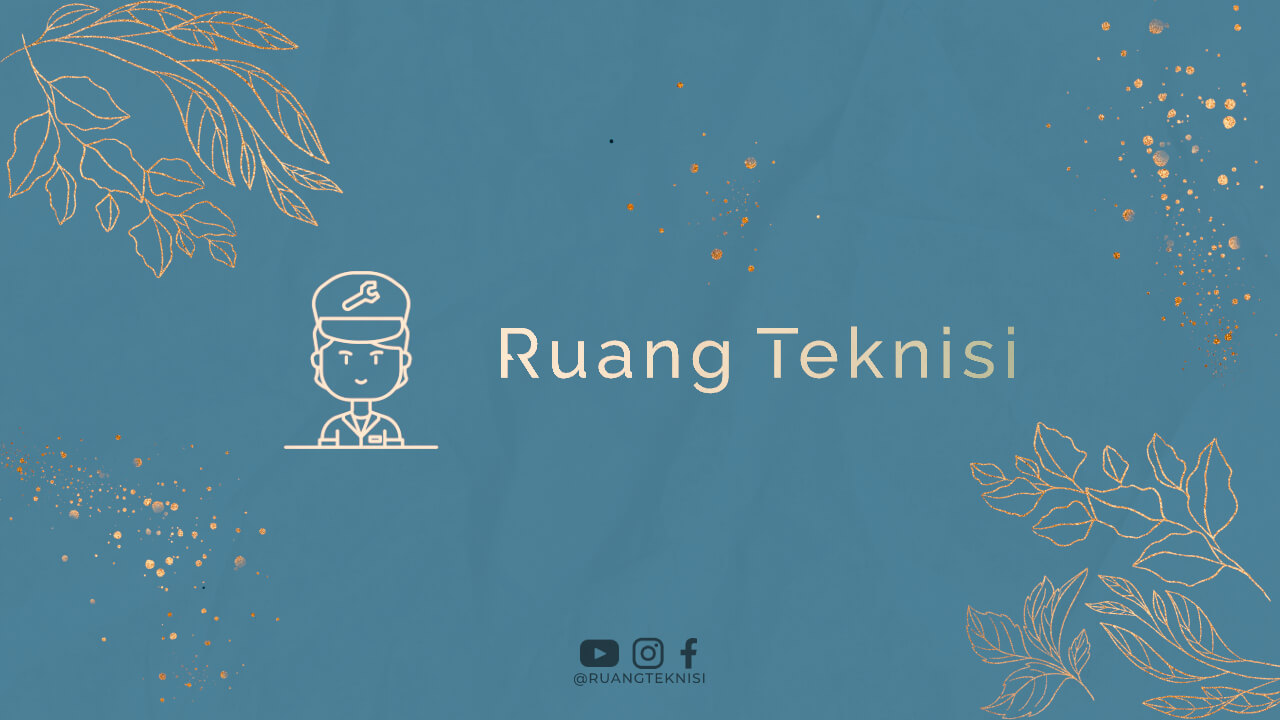When it comes to raccoons, many people wonder if they are solitary animals or if they travel in packs. It’s a common misconception that raccoons are solitary creatures, but the truth is that they are actually quite social animals. While they don’t typically form large packs like wolves or lions, raccoons do have a tendency to travel and live in small family groups.
Understanding Raccoon Behavior
Raccoons are known for their adaptability and intelligence. They are primarily nocturnal creatures, which means they are most active during the night. During the day, raccoons seek shelter in dens, trees, or other secluded spots. These dens can be found in hollow trees, abandoned burrows, or even in attics and crawl spaces of houses.
Raccoons are omnivorous, meaning they eat both plants and animals. Their diet consists of fruits, nuts, insects, small mammals, birds, eggs, and even garbage when it’s available. This ability to adapt their diet makes raccoons highly successful in various environments, from forests to urban areas.
Raccoon Family Dynamics
Raccoons are not solitary animals. They often live in small family groups consisting of a female raccoon, called a sow, and her offspring. These groups are typically formed during the breeding season, which occurs from January to June, depending on the region.
After a gestation period of around 63 days, the sow gives birth to a litter of 2 to 5 kits, sometimes even more. The kits are born blind and completely dependent on their mother for survival. They stay with their mother until they are around 8 to 12 months old, learning essential skills for survival.
During this period, the family group may travel and forage together, teaching the young raccoons how to find food, climb trees, and avoid predators. However, as the kits grow older, they gradually become more independent and may leave the family group to establish their own territories.
Raccoon Communication and Interaction
Raccoons are highly social animals and use various forms of communication to interact with each other. They make a wide range of vocalizations, including purring, growling, hissing, and even a high-pitched whistle. These vocalizations help them communicate with their family members and other raccoons in the area.
In addition to vocalizations, raccoons also use body language to communicate. They may use postures, such as standing on their hind legs or arching their back, to convey dominance or submission. Raccoons also use scent marking to establish their territories and communicate their presence to other raccoons.
Raccoons and Pack Behavior
While raccoons are not pack animals in the same way as wolves or lions, they do exhibit some level of social behavior. Family groups may occasionally come together, forming loose associations called “communal dens.” These dens are often used during the winter months for warmth and protection.
It’s important to note that raccoons are not highly social animals like wolves, which live and hunt together in large packs. Raccoons are more adaptable and independent, with each individual having its own territory. However, they do have a tendency to form small social groups when it’s advantageous, such as during breeding or when seeking warmth in communal dens.
Conclusion
Raccoons are fascinating creatures that exhibit both solitary and social behavior. While they primarily live in small family groups, they are not considered pack animals. Raccoons are highly adaptable and intelligent, allowing them to thrive in various environments. So, the next time you spot a raccoon, remember that they are not alone but likely part of a small family group, navigating the world together.

